$META $SONY $BTC
#Inflation #UKEconomy #ONS #VRHeadsets #RetailTrends #PorkPrices #ConsumerSpending #TechMarket #Crypto #CPI #InterestRates #Finance
The UK’s Office for National Statistics (ONS) has made significant changes to the inflation basket, introducing new items such as virtual reality (VR) headsets and pulled pork. These adjustments reflect shifting consumer preferences and evolving spending habits, a crucial aspect of accurately measuring price growth. Each year, the ONS updates the basket of goods and services used to calculate the Consumer Price Index (CPI), adding or removing items based on their relevance to household expenditures. The inclusion of VR headsets underlines the increasing adoption of immersive technology, especially as companies like Meta ($META) and Sony ($SONY) expand their presence in the sector. Simultaneously, the addition of pulled pork highlights the growing demand for convenience foods, aligning with broader shifts in eating habits and at-home dining preferences. These modifications offer insights into how inflation measurements adapt to technological and lifestyle changes, framing an essential discussion on consumer behavior and market dynamics.
The inclusion of VR headsets in the inflation calculation comes at a pivotal time for the tech industry. The sector has witnessed growing interest in metaverse-related experiences, gaming, and remote work solutions, which have significantly influenced consumer spending patterns. Meta, for instance, has invested heavily in VR technologies with products like the Quest series, positioning itself as a leader in this emerging market. Similarly, Sony’s PlayStation VR has expanded gaming experiences for console users, reinforcing the increasing mainstream appeal of virtual reality. The addition of VR headsets to the UK inflation basket suggests they have reached a critical mass in consumer adoption, which could further drive investment in this technology. However, as inflationary pressures persist and discretionary spending faces potential slowdowns, VR manufacturers may experience fluctuations in demand. A closer look at inflation trends and interest rate policies will be key to determining the long-term viability of such innovative sectors amidst broader economic challenges.
In contrast, the addition of pulled pork to the inflation basket highlights how shifts in food consumption also influence economic measurements. The demand for pre-prepared or convenience foods has risen, reflecting changes in how consumers prioritize spending amid time constraints. Food inflation has remained a significant concern in recent years, particularly as supply chain disruptions and input costs continue to impact producers and retailers. The rising cost of pork, influenced by factors such as feed prices, labor shortages, and global trade conditions, plays a role in overall food price volatility. Additionally, consumer preference for high-protein, low-preparation meals underscores evolving dietary trends that could further impact pricing across the broader food industry. These changes also indicate how inflation affects both discretionary tech spending and essential food purchases, providing a broader view of household financial pressures.
The ONS’s ongoing adjustments to the inflation basket remain a crucial tool for policymakers and investors in assessing broader economic conditions. By incorporating emerging technology and shifting consumption patterns, the updated inflation measures provide more accurate insights into price dynamics. Analysts will closely monitor how these changes impact inflation forecasts, particularly as central banks continue to grapple with interest rate decisions. If inflationary pressures persist, the Bank of England may maintain a cautious stance on rate adjustments, influencing sectors ranging from tech to consumer staples. Correspondingly, cryptocurrency markets, including Bitcoin ($BTC), have often reacted to inflation narratives, as investors seek hedge assets against economic uncertainty. The evolving composition of inflation measurements not only reflects changing lifestyles but also serves as a key metric for understanding economic performance and potential market shifts in the months ahead.
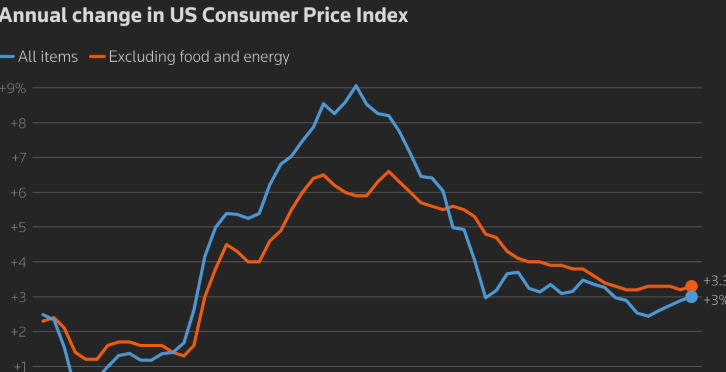
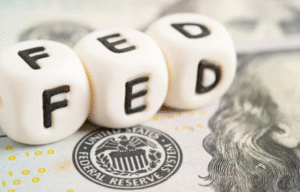
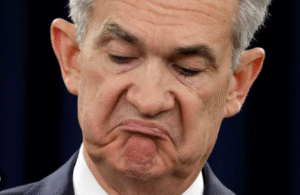

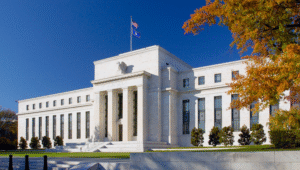
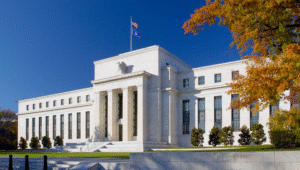





Comments are closed.